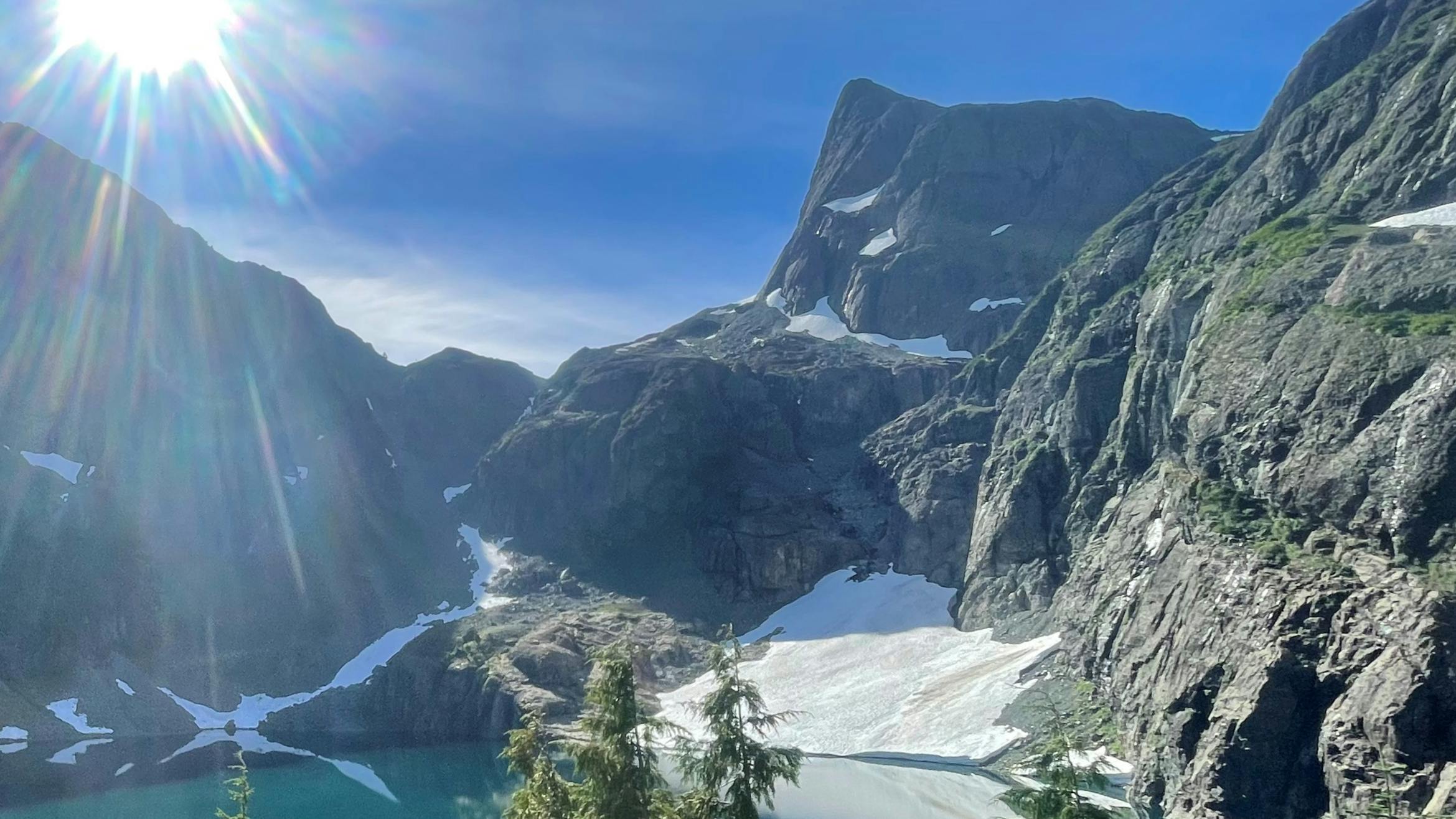July 2022 Kala'mas: An Update on the Gwa’ni Project!

Last year, the Gwa’ni Project Team heard from members on many land use topics through the Gwa’ni Project website, a members survey and an open house. Thank you to everyone who contributed so far! If you are interested in learning more, we have combined all responses into a ‘Namgis What We Heard report, which is on the Gwa’ni Project website.
Since the Gwa’ni Project is a Government-to-Government partnership, the Province has also been engaging with stakeholders in the North Island through a survey and virtual focus groups. The responses from that engagement is available on a BC Government website in their engagement report: Gwa'ni Project What We Heard
Members of the Technical Team regularly report to, and receive feedback from, the Steering Committee, which includes leadership from ‘Namgis and the Province. This year, we are planning more engagement opportunities for members and are undertaking the third phase of a Socio-Economic Environmental Assessment (SEEA), which is an important element of the project to help decision-makers understand the potential positive and negative effects of various land use directions. In the fall of 2022, the SEEA will begin its third and final phase.
Gwa’ni Project and Forest Landscape Planning – Desired Future Forest Condition
Based on the input received from members and ‘Namgis leadership; we know how important it is to recognize the cultural values of the Nimpkish Valley. More specifically, the Technical Team is considering the management of various ecosystems. Cedar is recognized as being especially precious, and trees of all ages help maintain the full natural function of the forest. The long-term availability of large cedar is important to ensure that future generations are able to harvest cedar for traditional uses such as carving poles and canoe logs.
In addition to cedar, devil’s club and other medicinal plants need to be managed to ensure they remain available for use by present and future generations of ‘Namgis, and to contribute to the health and function of the larger forest ecosystem. Once again, we want to thank everyone who took time to participate in the engagements last year to provide this crucial information. We hope that we will hear from even more people in the upcoming year.
The Gwa’ni Project Team is considering the feedback that ‘Namgis members have provided about existing land use designations. The Project Team is developing recommendations that could change some zoning areas to better recognize the significance of the Nimpkish Valley’s aquatic resources, especially fish and fish habitats. The new zoning will be designed to increase the protection of forests and cultural values near streams and other types of aquatic features. Better protection of those areas will also support the resiliency of plant and animal populations by creating greater forest connectivity, which allows species to move and adapt less inhibited.
We hope you have been able to participate in the various in-person and online engagement activities that have taken place thus far, including last November’s Open House, and online through the Gwa’ni Project website!

